To write this article, the author personally searched for "tea" on Taobao, sorted by price from low to high. The cheapest tea was 10 yuan with free shipping; sorted from high to low, the most expensive tea was priced at 80,000 yuan. In some tea markets, 8-yuan teas are common, while teas priced over 10,000 yuan are also displayed in shops. This means the price gap in the tea market can be as high as ten thousand times, comparable to the automotive industry. Why can an ordinary leaf have such a magical price range?
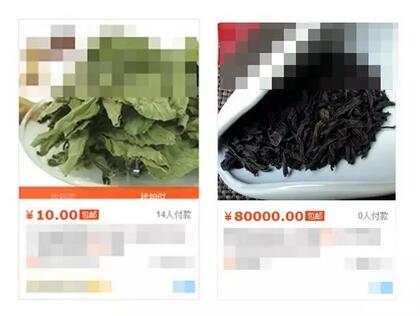
Type and Origin
China's top ten famous teas: Tieguanyin, Biluochun, Huangshan Maofeng, West Lake Longjing, Junshan Yinzhen, Wuyi Rock Tea, Liuan Guapian, Xinyang Maojian, Keemun Black Tea, and Duyun Maojian. Famous teas from authentic origins naturally command higher prices. Many teas on the market, though belonging to the categories of the top ten famous teas, may not come from their original production areas but merely borrow the names, resulting in lower prices.
Currently, China is divided into four major tea regions: the Southwest Tea Region, South China Tea Region, Jiangnan Tea Region, and Jiangbei Tea Region. Tea enthusiasts should research the origin and manufacturer information before purchasing to ensure the tea meets the standards.

Processing Techniques
The six basic categories of tea are classified based on their processing techniques, with fermentation levels requiring different skill sets. The distinction between machine and hand processing, as well as the control of heat and timing, also determines a tea's value. Different techniques result in varying tea qualities. Some teas may crumble into pieces after drying, and unscrupulous sellers might package these inferior products as high-quality teas at low prices. Therefore, never opt for cheap teas blindly!
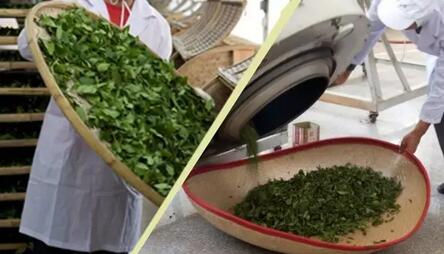
Health Benefits
Tea contains many natural compounds that offer various health benefits. Thus, the efficacy of tea is a key factor in selection. Before buying tea, avoid blindly following trends and choose teas suited to your constitution to achieve the desired effects. Do not treat tea as a substitute for health supplements; its benefits require time to manifest. Drinking tea for health should not be approached with impatience.
The issue of pesticide residues in tea has long been a concern, but "pesticide residues ≠ excessive pesticide residues." Since pesticide use is unavoidable, always check the packaging to ensure the pesticide content is within the national safety standards. There are also counterfeit teas on the market, often made from willow leaves or holly leaves, shaped to resemble real tea and sold as genuine products.

Here are a few simple tips to help distinguish real tea from fake:
1. Take a handful of tea leaves and smell them carefully. Real tea will have a fragrant aroma, while fake tea often has a grassy or fishy smell.
2. Examine the leaves closely. Real teas have distinct characteristics: black tea is dark and glossy, green tea is deep green, and oolong tea is dark green. Fake teas often have inconsistent and unnatural colors.
3. If appearance alone isn't enough, brew the tea and observe the leaf edges. Real tea leaves have dense serrations on the upper half and sparse ones on the lower half, while fake leaves may have uniform serrations or none at all.
Brand Marketing
The tea industry in China has promising prospects, and many large companies have begun building their brand images. Many beginners opt for reputable brands when buying tea. Businesses segment the market based on their scale, targeting different sub-markets with varied products, leading to a wide range of tea prices. Small-scale tea farmers or factories may offer cheaper products but are also developing brand awareness. Elegantly packaged teas are particularly popular among business professionals and younger consumers.
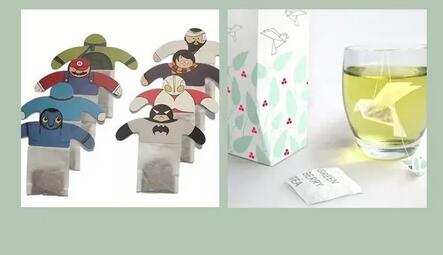
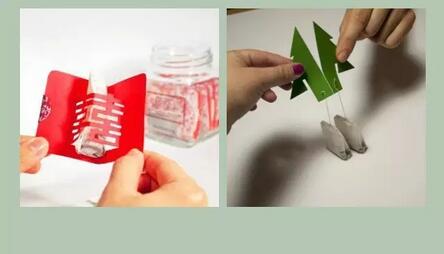
Tea packaging has long been a weak point for traditional tea manufacturers. Today's consumers are not only concerned with the quality of the tea itself but also with pre-sale promotion, in-sale experience, and after-sales service. The same tea in an exquisitely designed package will sell for a higher price than loose tea, illustrating this point.
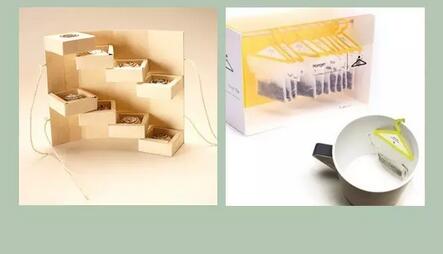
Given the vast price range in the tea market, price is not the sole criterion for selecting tea. Finding a satisfying tea requires effort. Cheap teas aren't necessarily bad—some people enjoy them. The essence of tea drinking lies in choosing what you like and what suits you. It's not about prestige or fame; the difference lies in the heart of each tea drinker.
The tea market is like a tea lover's world. May everyone learn more through their interactions with tea, gain more from brewing and tasting, and grow more through exchanges with fellow tea enthusiasts.